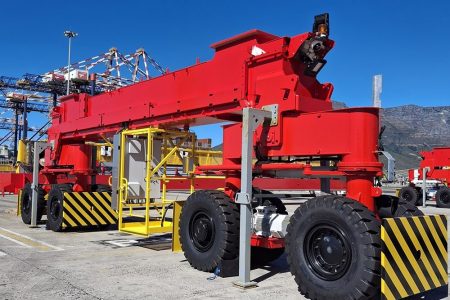UIC General Assembly 2024: Leading Rail Into the Future Through Innovation, Sustainability, Regional Cooperation and Standardisation
This content is for Premium Subscribers only. To view this content, login below or subscribe as a Premium Subscriber.










